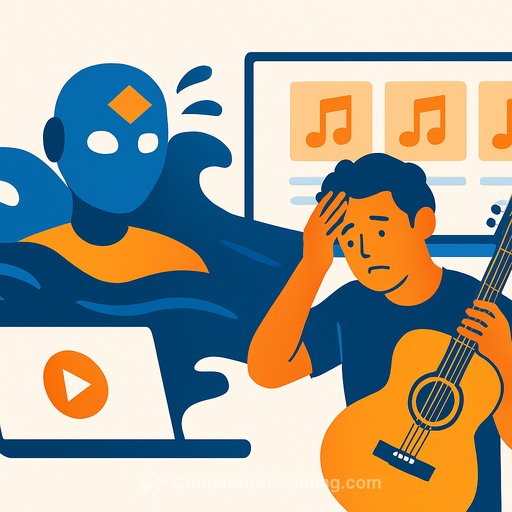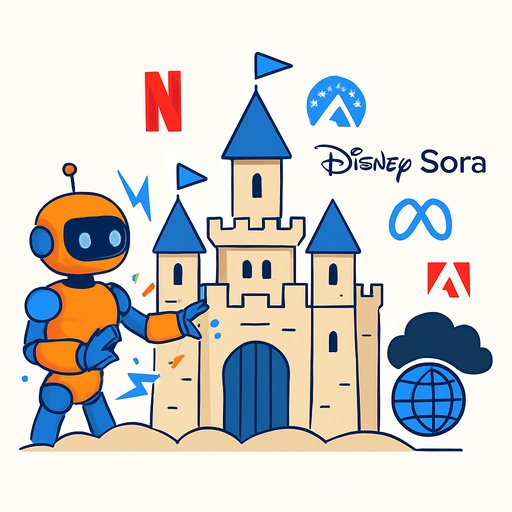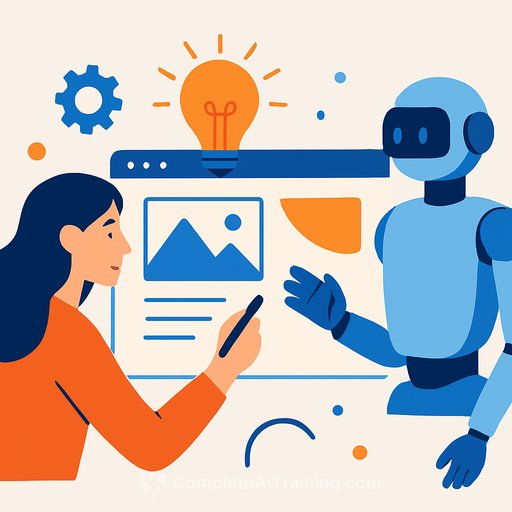The Impact of AI on Musicians and Streaming Services
Spotify, Apple Music, and other streaming platforms once looked like a breakthrough for musicians. No longer did artists need to rely on radio stations or producers to get their music heard. But the reality has been tough: artists earn mere crumbs from millions of plays, and now artificial intelligence is making the situation worse.
Generative AI models have learned to produce music rapidly, flooding streaming platforms with countless tracks that lack soul. This flood of AI-generated music clogs up recommendation systems, pushing genuine musicians further into the shadows.
The Rise of Lo-Fi and AI Spam
Lo-fi, that dreamy and soothing style popularized in the 2010s, especially on YouTube streams featuring anime visuals, has been hit hard. Originally a close-knit community of musicians and listeners sharing on social media and Discord, it is now overwhelmed by what some call “bitspam” — thousands of AI-generated tracks.
Real artists aren’t just losing royalties and contracts; they can’t even be sure if a track was created by a human or a machine. Many give up and leave the platforms altogether. Musician Mia Eden explains, “It used to be that if you listened to someone on Spotify, you were almost certainly on their Instagram or chatting on Discord. Now everything is nameless. Is it a person who just doesn’t want to show their face? Or is it a computer? You can’t tell the difference anymore. I think more than half of the tracks are from AI.”
The Decline of Real Artists
Take Alex Reade, a UK artist performing as Project AER. At his peak, he had 2 million monthly listeners on Spotify. Now, that number has dropped to less than 500,000. Despite millions of streams, his income shrank dramatically — about $7,600 from 2 million streams, before accounting for production costs. The problem is clear: AI generates music hundreds of times faster than any composer, overwhelming platforms with “bitspam” while the audience size remains mostly unchanged.
This issue extends beyond lo-fi. Recently, a new “indie band” called The Velvet Sundown gained over 750,000 monthly listeners. But there’s no real person behind it. The band and songs were created using generative AI, with song titles suspiciously close to classic hits like “Dust on the Wind,” clearly referencing Kansas’ famous track. Even the band’s name echoes The Velvet Underground, likely to confuse search results. Spotify ranks Sundown above Underground in its listings.
Initially, the creators denied the AI connection but later admitted it was an experiment. While it might seem like a new musical direction, the reality is harsh: real musicians are losing their stage. The flood of AI tracks is less about creativity and more about cold calculation.
The Future of Music and AI
Ironically, only the tech executives who profit most from this surge in digital noise can curb the AI bot wave. As generative music multiplies, real artists find themselves with shrinking space. For listeners, it might just be another lo-fi track in a playlist, but for musicians, it could be the final blow.
Generative AI threatens more than just music. Neural networks now create YouTube videos, AI is taking over programming tasks, and news site views decline as AI search tools gain traction. At least AI hasn’t figured out how to grow potatoes yet.
For creatives concerned about these changes, understanding AI’s role in content creation is crucial. Exploring practical AI courses can help artists adapt and find new ways to work with technology rather than against it. Check out latest AI courses to stay informed and prepared.
Your membership also unlocks:






